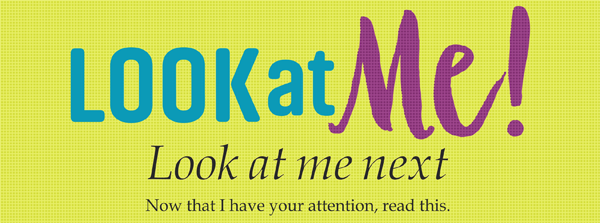
Robert Bringhurst, in “The Elements of Typographic Style,” wrote, “Typography exists to honor content.” Type selection helps create the personality of the book and directs the reader from one area of content to the next. Therefore, no typefaces are selected because they’re pretty or because they’re new; they are selected because they work.
There are three basic considerations when selecting type:
• an emphasis font that reflects the theme concept
• a readable font for body copy (usually serif)
• a contrasting font for headlines, secondary heads and/or captions (usually sans serif)
By selecting a type family, you have a collection of related typefaces which share common design traits and a common name, but have variations in weight (regular, bold, light) and width (regular, condensed).
An emphasis font, on the other hand, ties to the theme and creates continuity. It first appears on the cover and continues on the endsheets and theme pages. It creates a unified presentation when used in headline and secondary coverage design.
There’s no single formula for choosing the right fonts for your book – try them out to see what works, and compare them.
Want to learn more? You’ll find a great overview of typography here.

